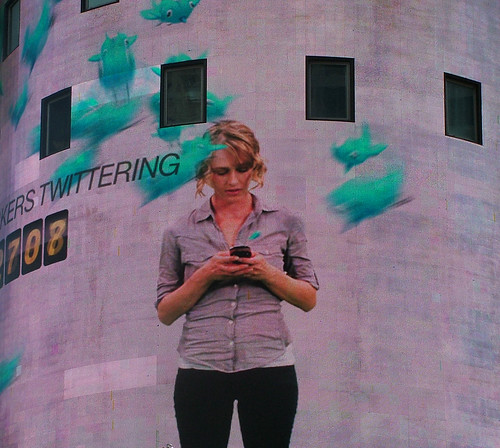Generally, no one owns hashtags. These are created by users who wish to talk about a certain topic or issue with any other user on the platform.
Anyone using the proper social media platforms can start hashtags and they can further develop these to specifically relate to their business, event or objective.
There are still a number of rules to follow to prevent the hashtag from getting hijacked. Even promoted hashtags (which are paid for) can still be taken over and totally driven away from their intended topic.
However, while you cannot control what happens to a hashtag when it's already out there, you can make it targeted enough so that users will not misconstrue its meaning.
Even large companies have become the targets of hashtag hijacking. Here are some rules and guidelines on how to protect a hashtag online.
 The hashtag #Qantasluxury was attacked by customers from all around the world after the airline company was the subject of a lot of criticism and rage when a strike caused thousands of passengers to be stranded in various foreign locations.
The hashtag #Qantasluxury was attacked by customers from all around the world after the airline company was the subject of a lot of criticism and rage when a strike caused thousands of passengers to be stranded in various foreign locations.

Hijacked Companies
A hijacked hashtag means that online users started to share posts and comments that are entirely different from how the creator wished it to be. Many companies start a hashtag with the aim of increasing brand awareness and spreading the positive responses of clients from different places. However, there are times when users and rivals begin to use the hashtag as a means of attacking the company. There are a number of companies that experienced online nightmares after getting hijacked. One of the most popular examples is #McDStories which was supposed to garner memorable moments from loyal McDonald?s fans. The problem erupted when people instead shared bad experiences in the restaurant. The hashtag #Qantasluxury was attacked by customers from all around the world after the airline company was the subject of a lot of criticism and rage when a strike caused thousands of passengers to be stranded in various foreign locations.
The hashtag #Qantasluxury was attacked by customers from all around the world after the airline company was the subject of a lot of criticism and rage when a strike caused thousands of passengers to be stranded in various foreign locations.




